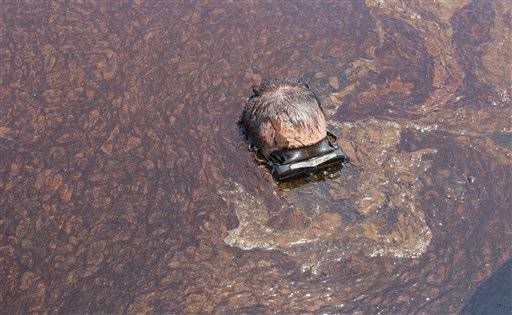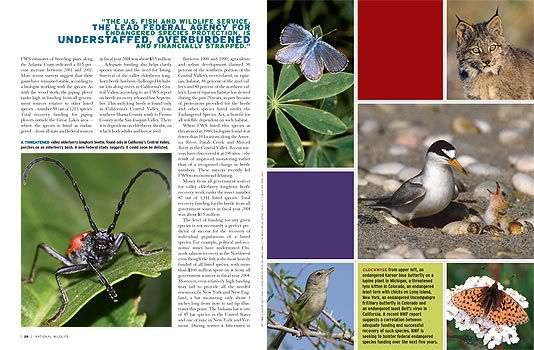Edward E. Clark, President of the Wildlife Center of Virgina

Earlier in June of this year, I was invited to be part of an interdisciplinary team of wildlife experts, that was organized by the Humane Society of the United States. There were about five of us from around the country, who work with two HSUS disaster response experts.
We flew into New Orleans with the idea that we were going to spend a week, in the area — accessing the damage of the Oil Spill; looking at the Habitat at risk.
And trying to come up with an Inventory if you will, of the short term and long term issues, that needed a response.
[…]Well the hour came, where we finally were — supposedly — given our clearance to fly over the area where the Oil was coming ashore.
[… and ? ]


